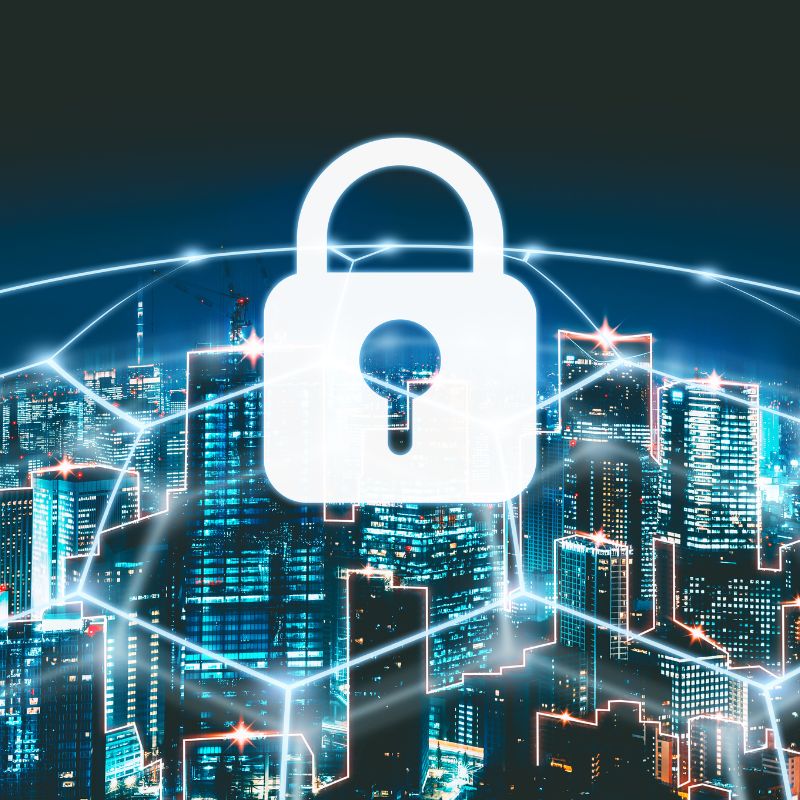How Zero Trust Data Detection & Response is Changing the Game

Adapting to the New Cyber Threat Landscape
Cyber threats continue to evolve and intensify, yet organizations continue to rely on the same cybersecurity tools and processes they have used for the last decade. With a staggering 31% year-over-year increase in cyberattacks, and incidents occurring an astonishing 26,000 times per day (approximately every three seconds), organizations need to adapt and evolve in order to survive the next zero-day attack. The truth is, traditional security tools like antivirus and EDR are no longer enough, with cybercriminals evolving their attacks using the latest technologies to circumvent these common security tools.
Fortunately, there is a solution in Zero Trust Data Detection and Response (DDR). DDR helps organizations proactively address the aforementioned modern-day challenges. Rather than relying purely on detection capabilities, DDR addresses near real-time threats, assisting organizations in defending against existing threats while being prepared for emerging ones.
The Growing Complexity of Cyber Threats
Businesses face a diverse and sophisticated range of cyber threats, which are growing in complexity due to the innovative use of generative AI in developing malware that evades detection and the expanding presence of shadow IT, which introduces unexpected vulnerabilities. Small and Medium-sized Businesses (SMBs) are particularly vulnerable to evolved malware, with 58% falling victim to malware attacks and 70% of owners feeling ill-prepared for such incidents.
However, the challenge continues beyond malware. Organizations widely rely upon unstructured data – e.g., emails, documents, and media – which is crucial for operational flexibility. As it stands today, unstructured data poses a substantial security challenge due to its varied formats and the intricacies of monitoring its usage in-motion.
The Zero Trust Data Detection and Response Paradigm
At its core, Zero Trust DDR fundamentally rethinks security posture, asserting that trust should never be assumed, regardless of the source. This approach is crucial in an environment where threats no longer solely originate outside the network perimeter but can also emerge from within. Zero Trust DDR ensures rigorous verification and scrutiny of every data packet and file, treating each as a potential threat until proven otherwise – both to malware threats and data security risks such as Personally Identifiable Information (PII).
Proactive Threat Management
The very systems organizations rely upon to facilitate business and collaboration are the target of choice for attackers. Email is the lifeblood of many organizations, yet it is responsible for 94% of malware that comes across their perimeter. Response-focused solutions are not enough to effectively combat these evolving threats driven by AI-modified malware and sophisticated phishing campaigns. They do not react quickly enough and often fail to detect altogether. Zero Trust DDR directly addresses these threats and protects attack surfaces like email, taking a proactive stance toward threat management. It does this by leveraging advanced analytics and machine learning; it identifies potential threats in real time, immediately neutralizing them before they can inflict damage.
A Unified Defense Strategy
Zero Trust DDR represents more than technical advancement; it champions a cohesive defense strategy that merges effortlessly with current security systems, in which organizations have invested $1.75 trillion globally. Rather than wasting this investment, Zero Trust DDR enhances it, helping to create a unified defense against cyberattacks, which ensures uninterrupted operations and enhanced business resilience.
The Business Imperative of Zero Trust DDR
Embracing Zero Trust DDR goes beyond mere technical enhancements; it strategically aligns with vital business goals. This approach fortifies defenses against cyber threats and leads to significant financial benefits. In fact, organizations adopting Zero Trust DDR experience an average savings of nearly $1 million in breach-related expenses, helping them rapidly achieve a positive return on investment. These savings come by proactively tackling cyber threats while also helping them meet data privacy and regulatory requirements. This results in avoiding fines, legal fees, and reputational damage, enhancing customer trust, and securing a competitive edge in the marketplace.
How Votiro is Safely Empowering Innovation
Votiro’s evolution into a Zero Trust Data Detection and Response platform enables organizations to confidently adopt cloud technologies, collaboration tools, and agile development methodologies without sacrificing security. This approach ensures that every element of an organization’s IT infrastructure is intrinsically secure, empowering businesses to innovate with the assurance that their data and systems are robustly guarded against a continuously evolving threat surface. More than a mere technological solution, Zero Trust DDR is a strategic necessity for businesses navigating the intricate terrain of modern-day cyber threats in real-time. By integrating this approach to data security, companies can safeguard the security and privacy of their data and maintain operational integrity, which cultivates a thriving environment where secure innovation can flourish.
To learn more about Votiro’s Data Detection and Response capabilities, we have an entire page dedicated just to that. Or, if you’d like a 1-on-1 demo of the platform, you can sign-up right here.
Read our press release on Votiro Zero Trust Data Detection and Response right here.
News you can use
Stay up-to-date on the latest industry news and get all the insights you need to navigate the cybersecurity world like a pro. It's as easy as using that form to the right. No catch. Just click, fill, subscribe, and sit back as the information comes to you.
Sign-up Here!
Subscribe to our newsletter for real-time insights about the cybersecurity industry.



